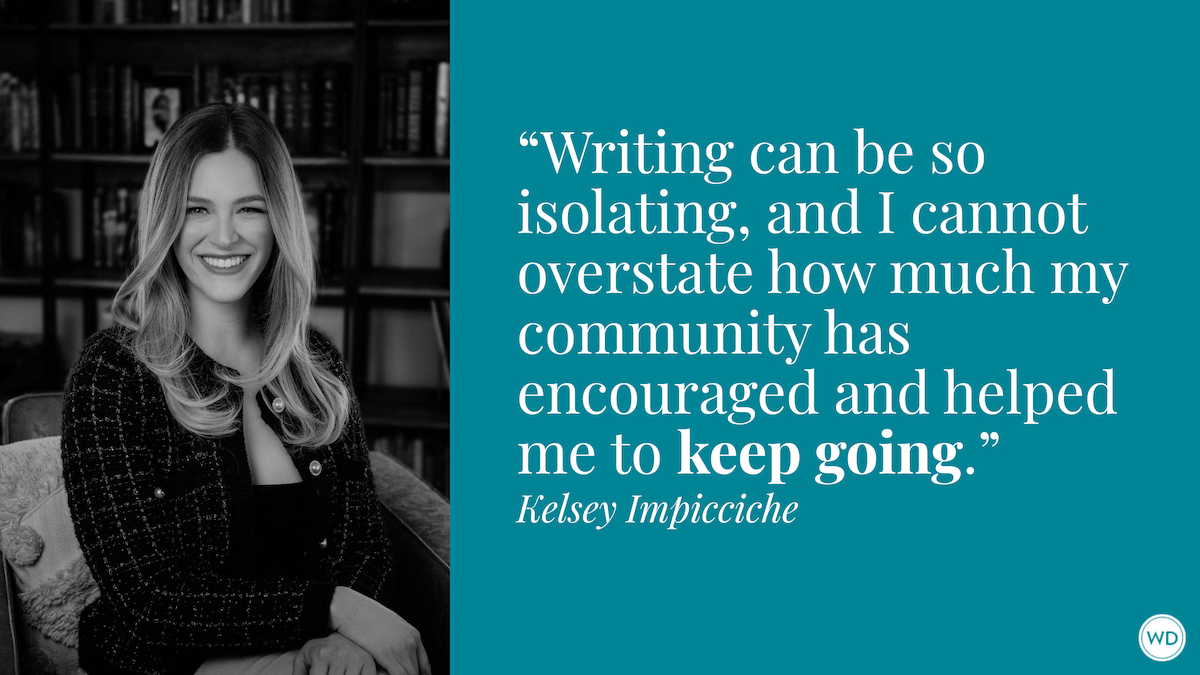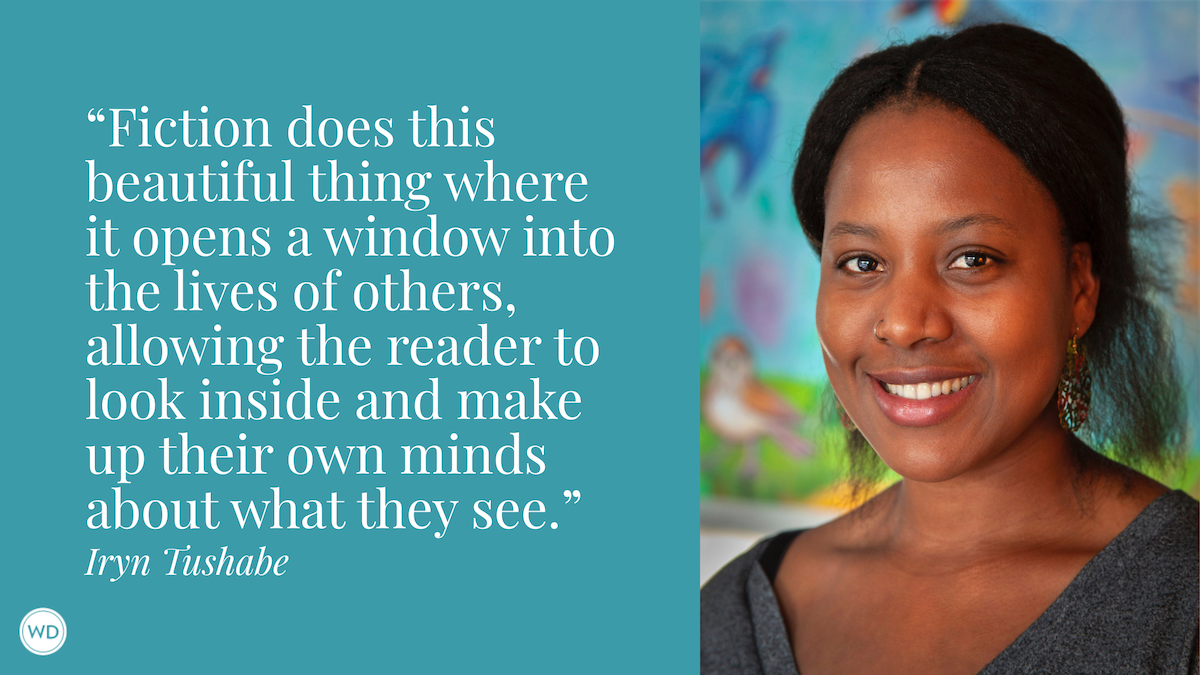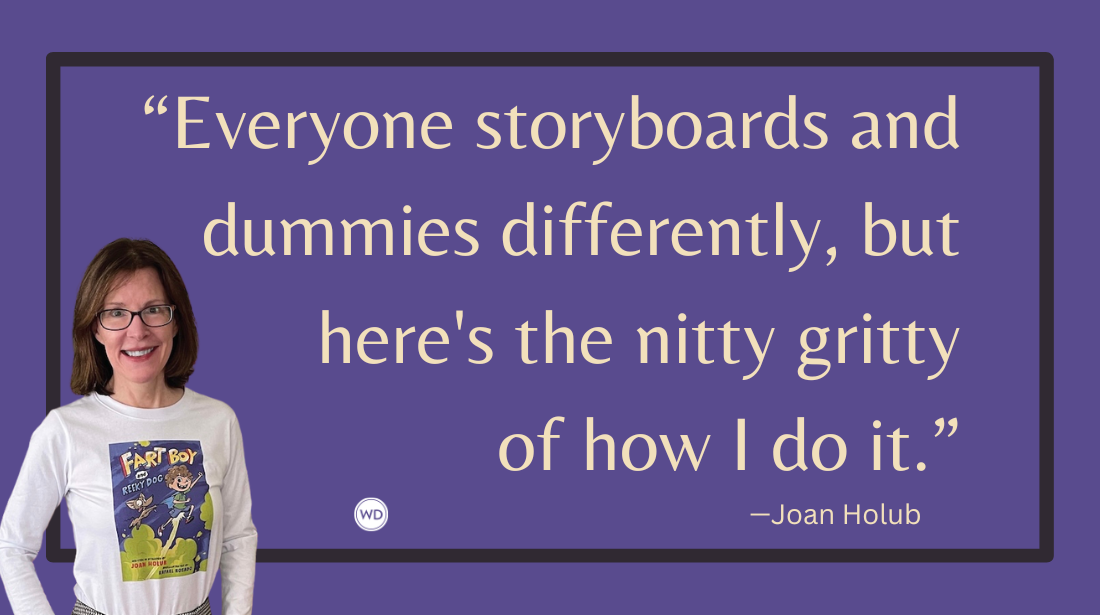Letting Your Characters Take the Lead in Fiction
CL Montblanc explains how starting with strong characters can lead to stronger stories and happier readers.
There are so many differing opinions on how to start writing a story. Start with the hook, with the inciting incident, with the title, with the full plot synopsis, with the first line, with a random emo song from 2006 that exudes the same vibes you wish to bring to the world (or maybe that one’s a unique experience). Though, most agree that the first thing you should have in mind for your story is, well, the story. I’m here to provide my own perspective.
I start with the characters.
To be honest, characters are a scary thing for me. I am so incapable of inhabiting a different persona that I even got kicked out of the high school play (before you feel bad, they did let me be Dancer #4 for the musical). I know how my brain works, but not anyone else’s, really. And yet, the majority of nice comments I get about my books relate to the characters. That, Alanis Morissette, is true irony. This leaves me thinking that my personal writing methods must be contributing to this phenomenon, at least a little bit, so now it’s time for me to share them.
Technically, I’ve lied to you (great start). When writing my books, I actually begin with the sketchiest, roughest idea of a premise possible. For Pride or Die, it was “LGBTQ+ mystery set at a high school.” And then it’s all about the characters.
I began by asking myself: What would the characters’ established relationships be like? How do they relate to one another? For this, I used the framework of a school club to craft characters that were based on these roles. For example, a club president, to me, sounded like a protagonist. Someone who cares—perhaps too much—and holds a lot of responsibility over others. A character like this may have a “do whatever must be done” attitude, while also being prone to cracking under all of the pressure that they’re facing. Hey, we’re already starting to see potential character arcs and storylines shaping up!
The next question for me was how this character got to be this way. What kind of backstory might turn someone into a stubborn leader burdened with a sense of duty? The answer was a tragic one, of course, where they’re haunted by powerlessness and have become a control freak as a result. These character flaws are bound to lead to conflict, right? Well, knowing that this is a mystery novel, this character might take charge too much, even going against the wishes of their peers, throwing a wrench into the mystery investigation. And now, even though we have no idea of what this mystery is even about, we’re already able to envision pretty specific character dynamics and scenes. With the character themself as our jumping-off point, we could go on and on like this.
A pattern I notice surrounding books that are criticized for having “forgettable” or “same-y” characters is that these characters are not quite entwined into the story the way they should be. I get the sense that the author had a hooky premise but saw the characters as vehicles to move the story rather than as an intrinsic part of the narrative. For me, I feel like I know that I’m doing a good job writing characters once they start fighting me. There have been times where I’m sitting at my computer and thinking, “I need these guys to do xyz for the plot,” but am faced with resistance because in actuality, the characters would never behave in this way. Instead of forcing them like dolls, I believe the better solution is to mold the story around them. Goody two-shoes character wouldn’t break into a building? Then don’t have them break into a building. It can be as simple as that.
Of course, as I mentioned earlier, I am only myself. So, when I must write a hot charismatic jock character, then what am I to do? One thing that helps me is to infuse small parts of myself into each character, no matter how different we are otherwise. For example, I gave this particular jock IBS and a nerdy hobby. Even if these details are so small as to not have a tangible impact on the story, it still helps me better understand and connect to the character. It also guarantees that every character comes off at least partially authentic, since I’m always drawing from myself.
When I think about some of the most beloved books among my peers, there’s usually one thing in common: They’re all character-driven series, following a lovable cast over multiple installments with hundreds of pages of room for development. I won’t name names, but I’m familiar with dozens of random characters against my will thanks to fandom. How often do you recognize characters from fan art despite having no idea what the source material is even about? I’m certain the answer is “very often.” Because at the end of the day, characters are what stick with people.
Characters provide that sense of emotional attachment that a hook or title or synopsis is unlikely to ever match. All of this is just further proof to me that we need to be letting our characters drive our books, prioritizing them above all else. Because even if my readers don’t remember the random expository scenes I so carefully crafted for my mystery plot, they probably will remember that there was a hot jock with IBS. And I think that’s fantastic.
Check out CL Montblanc's Pride or Die here:
(WD uses affiliate links)








